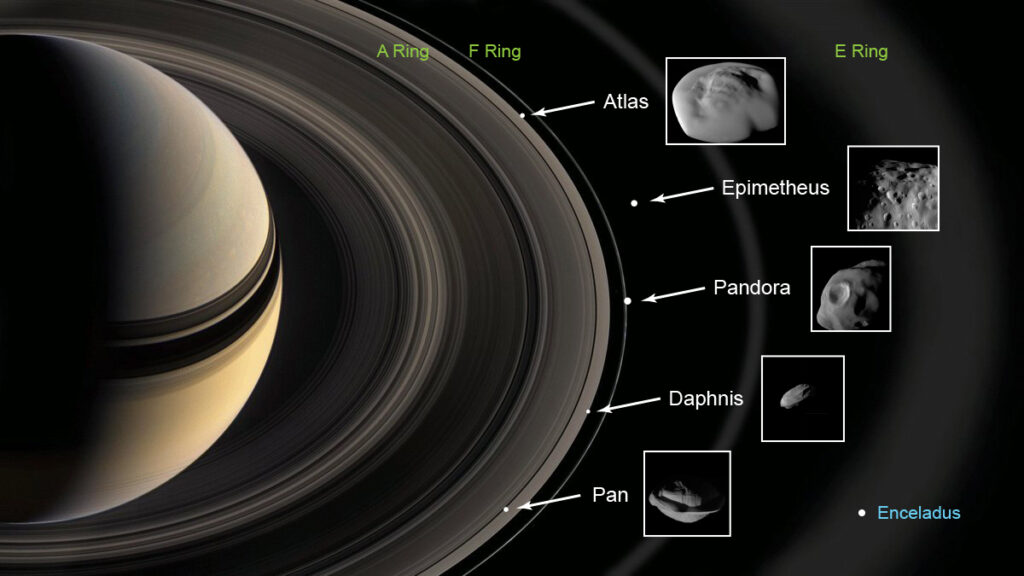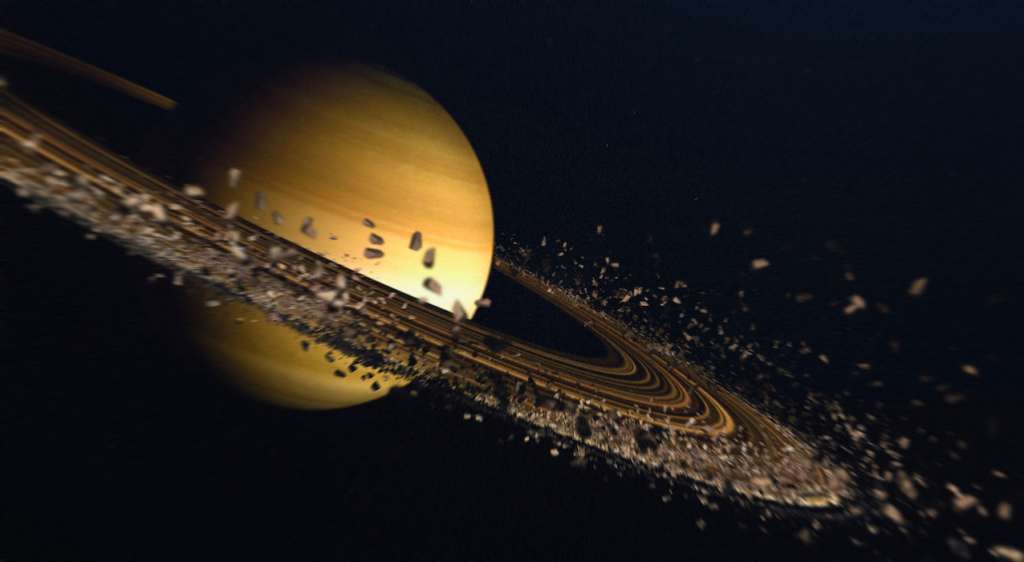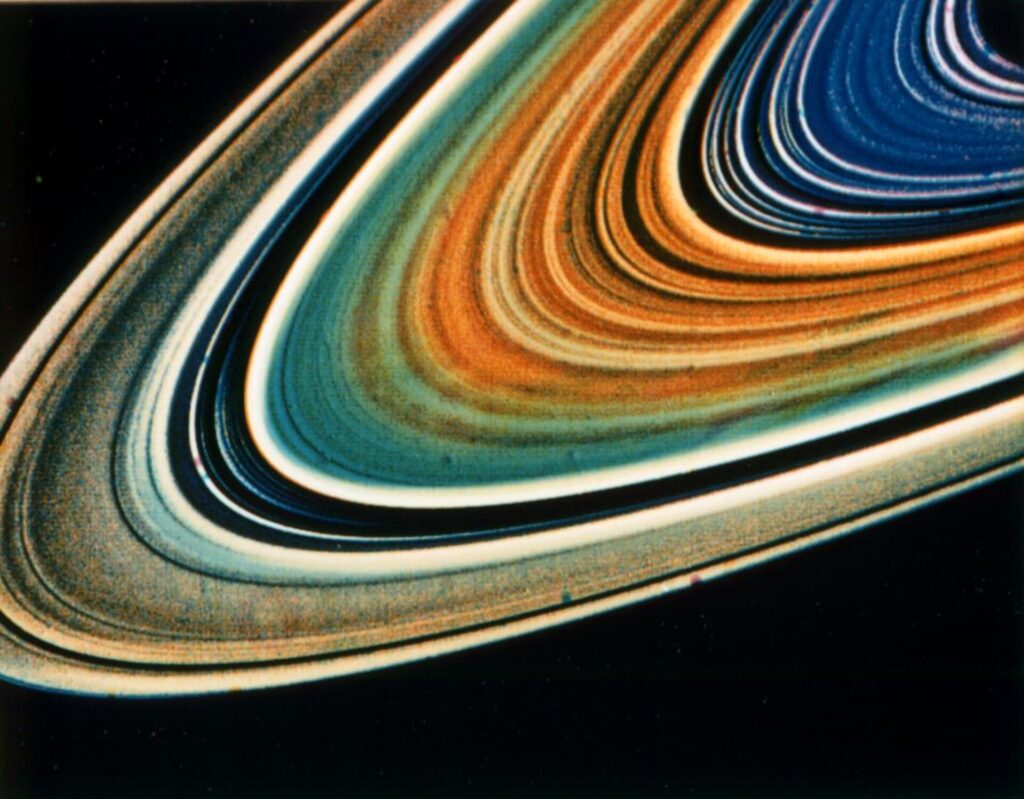Every planet has some iconic feature to it: Mercury has its craters, Jupiter has its Great Red Spot, and Venus has its plethora of clouds. However, none of them are quite as notable as Saturn’s rings. Scientists have recently discovered that Saturn’s hallmark trait may not be around for much longer.
Fear not, while the rings are disappearing, they will still remain for a couple hundred years. On the other hand, as several scientists have noted, compared to how old our Solar System is, around 4.6 billion years, the time seems fleeting. Many scientists also explain that Saturn did not always have rings.
In fact, the main author of the Icarus studies, which claim that Saturn’s rings were not created at the same time as the planet, named Richard Durisen said that “Saturn’s rings must be relatively young by astronomical standards, just a few hundred million years old”.
To understand how, and why, Saturn’s rings are vanishing, it is important to understand how they are formed. Experts hypothesize that the rings are composed of pieces of asteroids, comets, meteoroids, and broken moons that were shattered by Saturn’s forceful gravitational pull. Each of these chunks are in turn composed of ice and rock layered with other components such as dust. The sizes of these floating pieces are as varied as they are beautiful. Some may be as small as grains of dust while others are larger than multiple cars. However, the question remains: why are the rings disappearing?
Meteoroids
There remains only one culprit for the rapidly disintegrating rings: meteoroids. As was previously stated, scientists know that parts of Saturn’s rings are composed of meteoroids. On the other hand, when these meteoroids enter Saturn’s rings, they push other particles out from the innermost ring towards Saturn. These meteoroids are resulting in mass depleting by the ton every second. Furthermore, these new connections lead to questions about other planet’s rings. While much thinner, Jupiter, Uranus, and Neptune also have rings. Now, scientists are wondering whether, previously, they were once as large as Saturn’s but had been ground down as Saturn’s are now being.
While it is certain that Saturn’s rings will be a constant for the rest of our lives, maybe for some future generations they will be something they only read in textbooks and never see as we do now.
By: Mihika Rajeev





